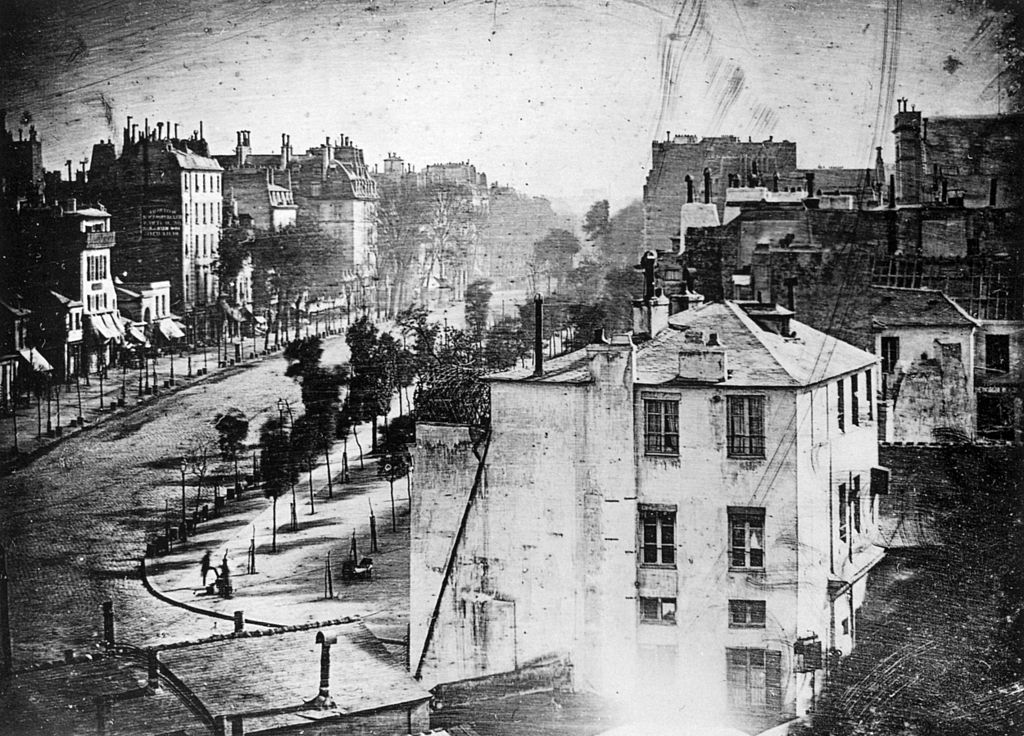Roskill, Carrier (1983): Truth and Falsehood in Visual Images:
An image cannot be true or false in the sense that the propositions of science or mathematics are true or false
Yet we do think about images in terms of truth and falsehood.
Shaun Tan:
Drawing a good picture is like tellling a really good lie — the key is in the incedental detail
The way you create an authentic-loloking image (deception) is paying close attention to detail and making it look incedental.
Truth
 Map of Bristol featuring the fictitious Lye Close. Cabinet Magazine
Map of Bristol featuring the fictitious Lye Close. Cabinet Magazine
Maybe the most reliable image is a map. First, maps are published and copyrighted documents (giving them a sense of authority). We expect a degree of accuracy depending on the ( kind and scale of map).
The categories defended:
What would it be like to have a 1:1 scale map? This would be a map that's so detailed it would need to contain an image of itself. We now get this sometimes in google Streetview (with the photography car showin up in reflections etc.)
Also Jorge Luis Borges (1946): On exactitude in Science
So: a true image might have a relationship to reality (but not in every detail). Maps are models of reality.
Semiotics three kinds of images:
- Index: Fingerprint
- Icon
- Symbol: Written language (in order to mean something it doesn't have to look like the things it's representing)
An image of a chimpansee fingerprint. For this image to exist, the chimpanzee has to be present. It's made by the thing it's representing. (if you re-drew it, it would become an icon). Fingerprint as an evidentiary image. We also conflate the fingerprint with identity - if you're fingerprint is there, you were there.
Photographs are a difficult case. It's an icon, but also evidentiary. It's indexical because of the action of light on a silver plate. An indexical record of how light was bouncing of things. Without a caption, we couldn't be sure this was actually showing the boulevard de temple. The indexical relationship is really the only reliable truthfulness images have.
Gunnig (2004): What’s the Point of an Index? or, Faking Photographs
As mentioned last week "the it's phenomena": We don't look at he material reality of photographs, but look through them at what they're showing. Photographs were being manipulated basiclly from the moement they were invented.
Susan Sontag (1973): On Photography
Would we prefer a shit photograph of shakespeare to a great painting? Yes, every time. There's this idea that a photograph can bring you into a place ina way that no other image can.
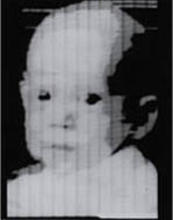 Walden Kirsch by Russel Kirsch (1957). NIST
Walden Kirsch by Russel Kirsch (1957). NIST
In the case of a digital photograph, light is causing a numerical response. Reading it is essentially like reading a thermometer. It's not inherently less indexical than a film camera.
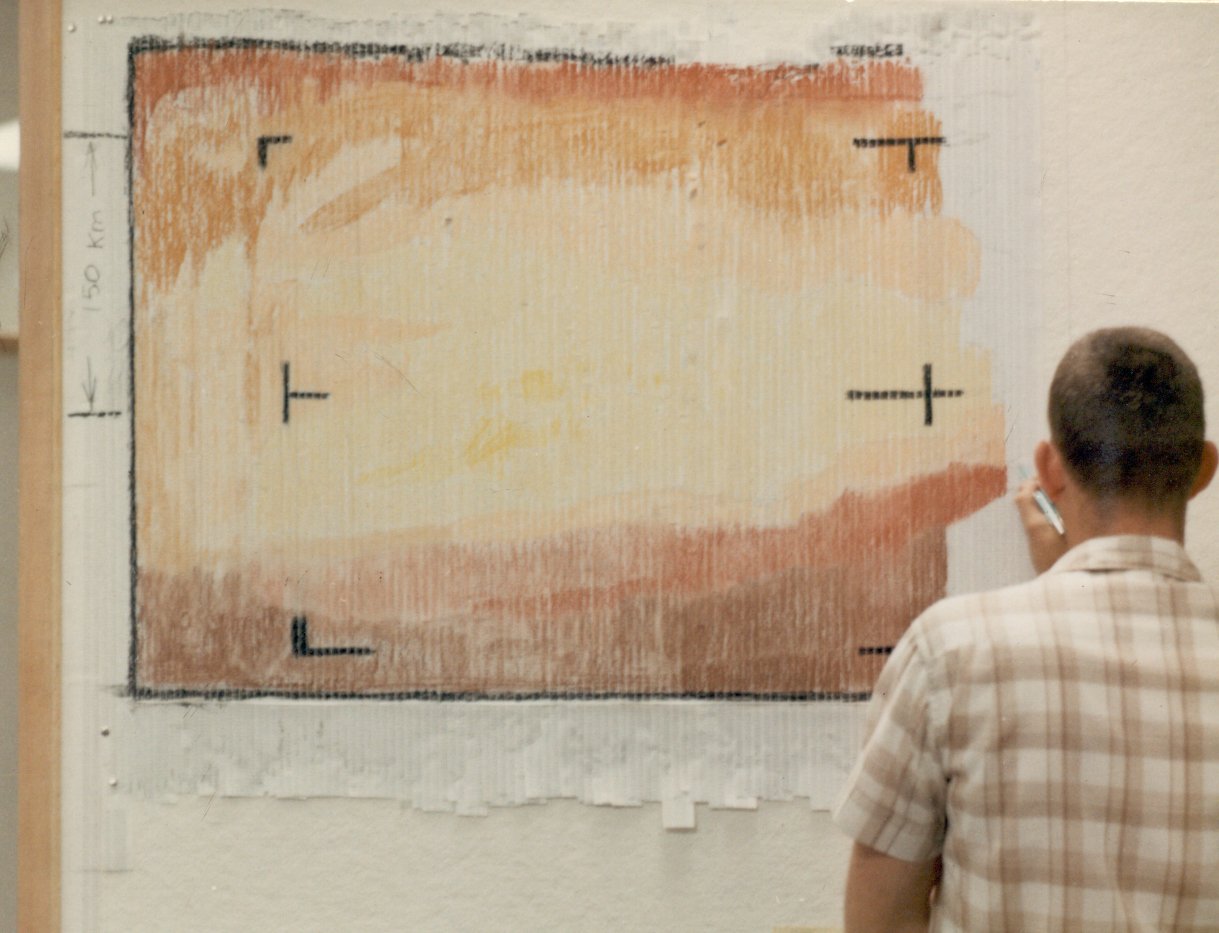 A "real-time data translator" machine converted Mariner 4 digital image data into numbers printed on strips of paper. Too anxious to wait for the official processed image, employees from the Voyager Telecommunications Section attached these strips side by side to a display panel and hand colored the numbers like a paint-by-numbers picture. NASA
A "real-time data translator" machine converted Mariner 4 digital image data into numbers printed on strips of paper. Too anxious to wait for the official processed image, employees from the Voyager Telecommunications Section attached these strips side by side to a display panel and hand colored the numbers like a paint-by-numbers picture. NASA
This image comes from the thing as integeres. The scientists wouldn't wait until the image was rendered, so they assigned each number a crayon colour and drew out the image.
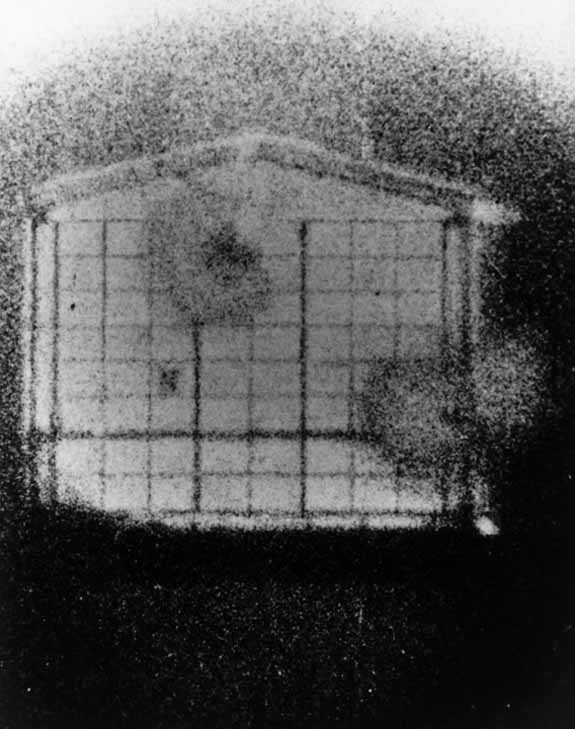 Harold Edgerton: Atomic Bomb Explosion atop a Steel Tower in Eniwetok. Source
Harold Edgerton: Atomic Bomb Explosion atop a Steel Tower in Eniwetok. Source
We have this assumption that a photo represents a moment in time (we don't really question how long that moment is). The above image is from a specially built camera of an atom bomb explosion (1/1m second shutter speed). It's an action tha's much faster than the eye could ever see.
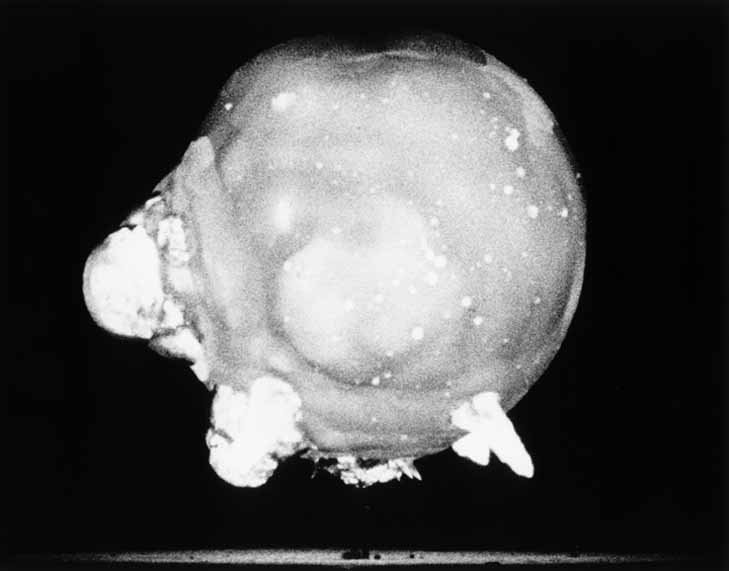 Harold Edgerton (1946-52): Atomic Bomb Explosion. The Metropolitan Museum of Art
Harold Edgerton (1946-52): Atomic Bomb Explosion. The Metropolitan Museum of Art
These images cause visual desperation - you hold onto eh trees and scaffolding to ground yourself. THese are images we cannot verify using our own experienc.e
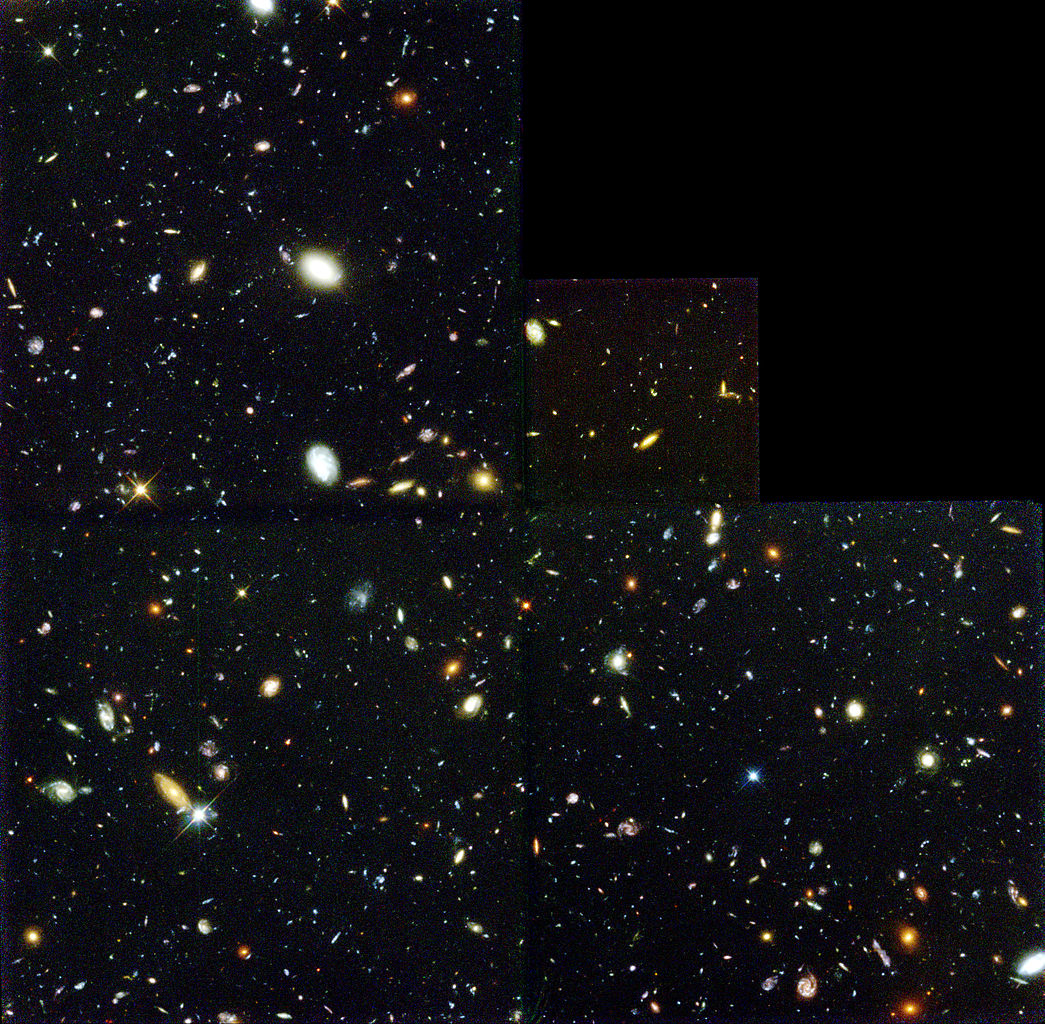 Hubble Deep Field (full mosaic) released by NASA on January 15, 1996. Commons
Hubble Deep Field (full mosaic) released by NASA on January 15, 1996. Commons
This is a 100 hour exposure. In a dark patch of sky, you suddenly see these thousands of galaxies.
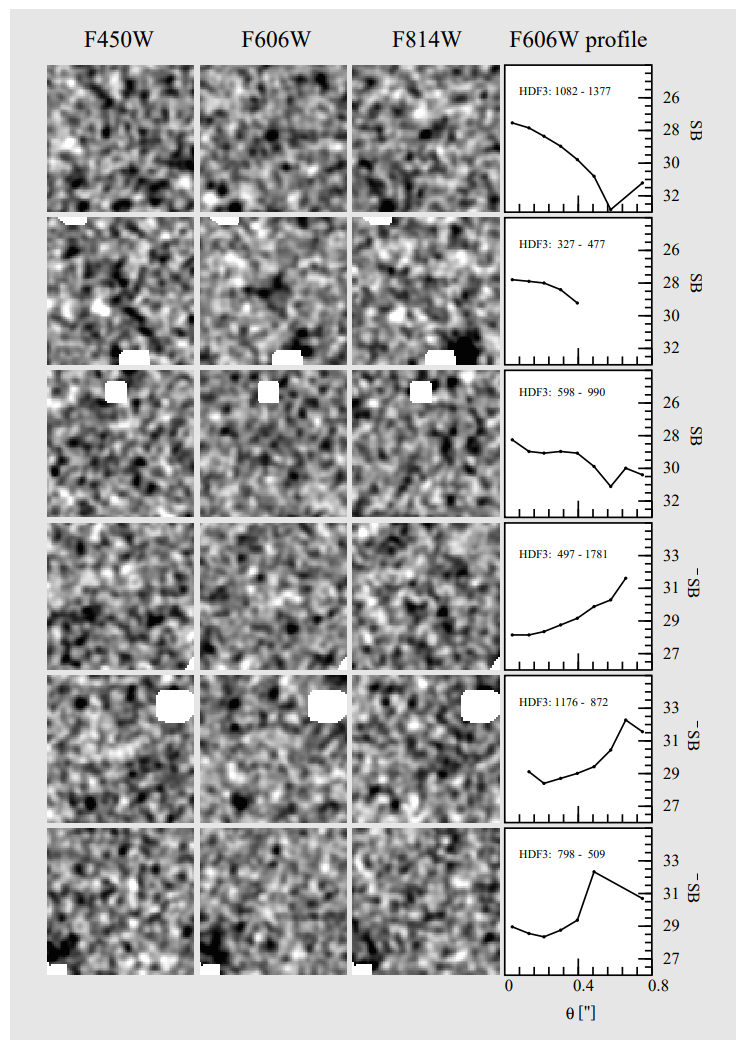 Figure 8 from Diffuse Dark and Bright Objects in the Hubble Deep Field
Figure 8 from Diffuse Dark and Bright Objects in the Hubble Deep Field
These deep field images are entirely impossible for humans to look at — Park and Kim (1997)they had to write software to make sense of them.
Six Stories from the End of Representation
Different modes of contrast in a microscope. In microscopy you have to increase the contrast to see what's oing on - none of these images are really true
When the first people were looking through microscopes, they saw alll kinds of stuff that wasn't there because they ahd no reference points in their reality.
Albrecht von Haller: Uterus and Vagina
This is too detailed to be useful. All these patterns of tissue that we can't realte to - the image stop soffering us truth.
Stereoscopic photographs of a pelvis by Cunningham
In order to be truthful, things need to be left out. Often in medical illustration, we essentiall draw maps (geometry) of anatomy. Bodyworlds is more like a 1:1 map.
Agatha christie map at the beginning of a whodunnit.
Next: Court illustration These are one of the few instances were drawings become evidential
Julia Quenzler:
They were using photographs before I came on the scene twenty years ago and drawings proveed to be far more revealing
The only thing she could be talking about ehere is subjective (from being there as a witness)
Reportage illustrators often talk about their images in opposition to photography (because they exist in the same space). THere's a myth of reportage illustratui - it looks line and wash because they're drawn fast, but conversely we start to think images that look like this mean someone was actually there. (naturalised myth).
Jill Gibbon on her website adds a fake sketchbook behind her drawings to give authenticity to the images. It does some of the work of describing the process.
The effectiveness of blackmail photographs depend entirely on the victimes concession that they are undeniable. (blackmail drawings however, are easily deniable and would not work)
Gombrich: Art and Illusion
Henri de Toulouse-Lautrec (1893): Miss Loïe Fuller
This doesn;t show the body or records the dance, but it shows some kind of bgger, subjective truth.
bonny prince charlie / prince henry.
Captions dictate the way we read images - the iamge hasn't changes, but our reading of it has. When historians disagree about images, our idea of truth becomes shaky
Lies
Trompe l'oeil painting
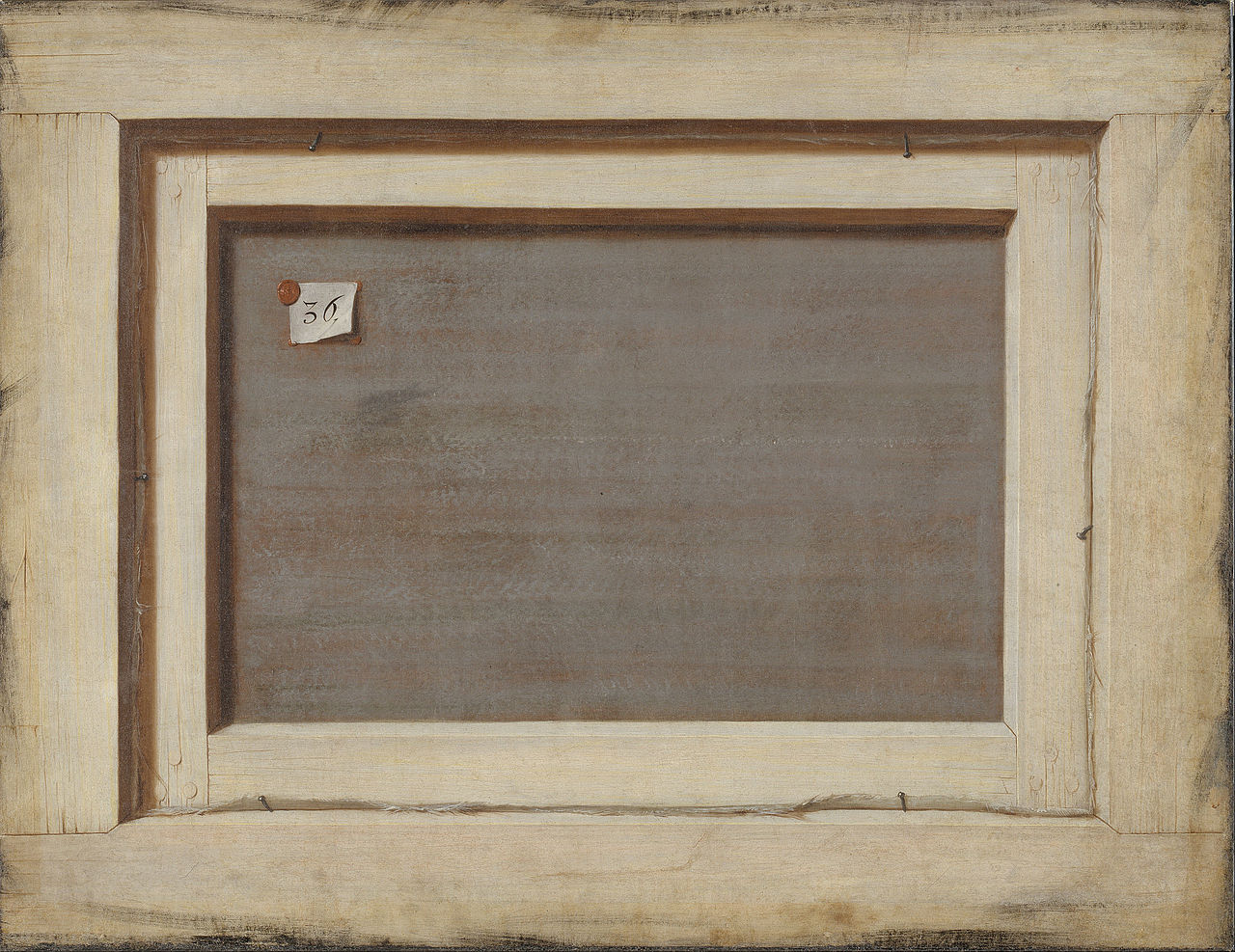 .
Cornelius Norbertus Gijsbrechts (1670): The Reverse of a Framed Painting. Statens Museum for Kunst
.
Cornelius Norbertus Gijsbrechts (1670): The Reverse of a Framed Painting. Statens Museum for Kunst
Gombrich: Art and Illusion
These aren't a respected genre of painting — they're more like a magic trick.
Ames chair demonstrations in perception
From one angle the deception look real, from any other angle they reak down.
Sontag:
As wittgenstein argued for wrod that the meaning is in the use - so for each photograph
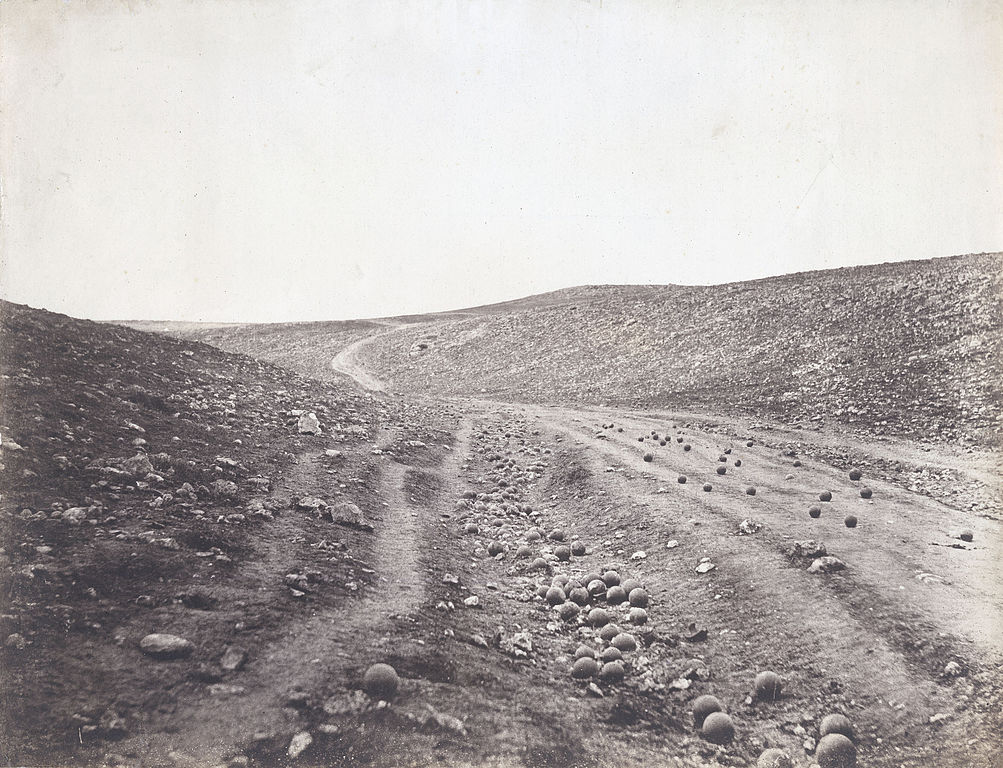 Roger Fenton (1855): Valley of the shadow of death. Commons
Roger Fenton (1855): Valley of the shadow of death. Commons
Sontags accusation is that fenton moved the cannon balls, nyt reporter tries to prove her wrong (and doesn't prove anything). THe only thing these images tell us is that fenton was thre and took these photos. When we forget about Fenton, the truth in these images is even more dimnished.
Beyus on a forced landing
Had it not been for the tartars I would not be alive today ... Yet it was they who discovered me in the snow after the crash, when the German search parties had given up.
These two images appear in two different monographs that both tell the above story (which is a lie)
Operation Mincemeat
Ian Fleming and John Godfrey
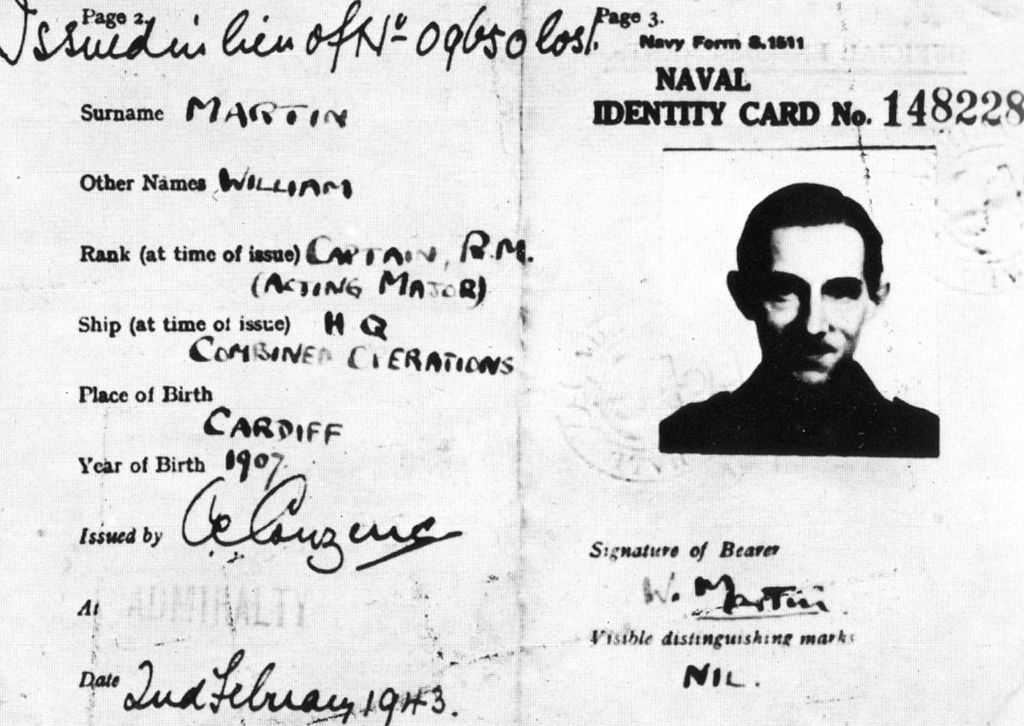 Major Martin ID Card. Commons
Major Martin ID Card. Commons
Britain and the allies tried to convince germany that were going to invade sycile They gave a dead london person all kinds of documents - letters, naval identity card, a suitcase containing made up plans to invade ardinia and dumped it (using a sub) on the coast of spain.
Also the context in which we find images change the way we read them.
[Hurricane sandy day after tomorrow] [Installation by superflex]
The tweet captions direct our understanding of these images
Death in the air 1933 These were created using props by a bbc employee
Atlas Group (1967) by Walid Raad
He made up this group of artissts working in the lebanese civil war (all ofwhom were him) These use of a deception to talk about something that wasn't being talked about
A novel with two characters commenting on it. All these tip ins.
This creates a naturalised narrative situation (suddenly we have a credible reason for these images to exists) in literature these are diaries
Leanna Shapton: Important artifacts A love story in the form of an auction catalogue
Visual coventions used by deceptions:
- Black and white photography (somehow we think its more authentic because it's associated with documentary photos) Also: Nat Tate
- Concatenation: If iages are presented in the same context, we assume they are connected
- Nat tate images with fingerprints using the index confirmin nat taes existence
Lye close in bristol doesn't exist — they're a copyright trap to catch people copying the map. Google maps also has these
